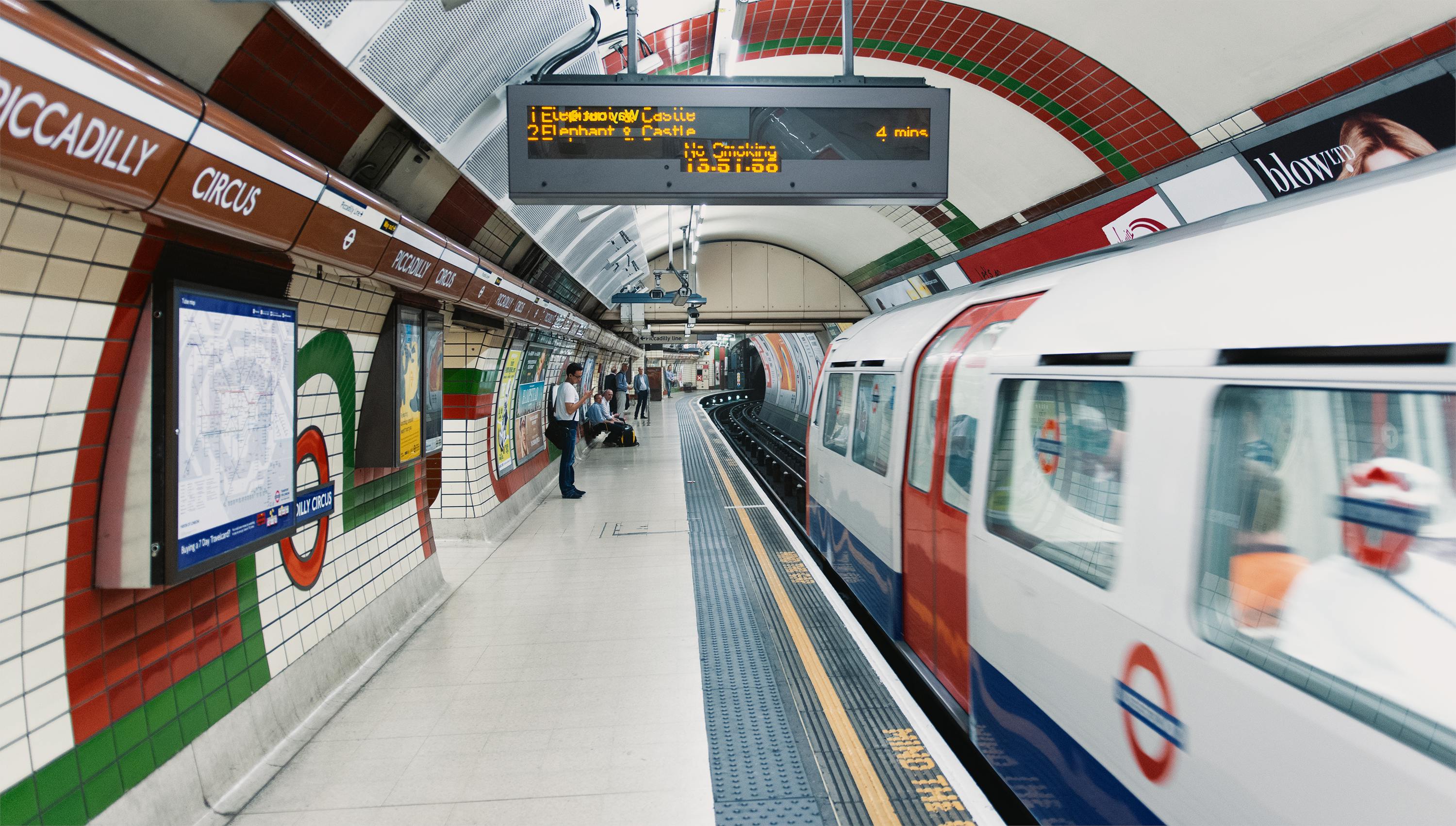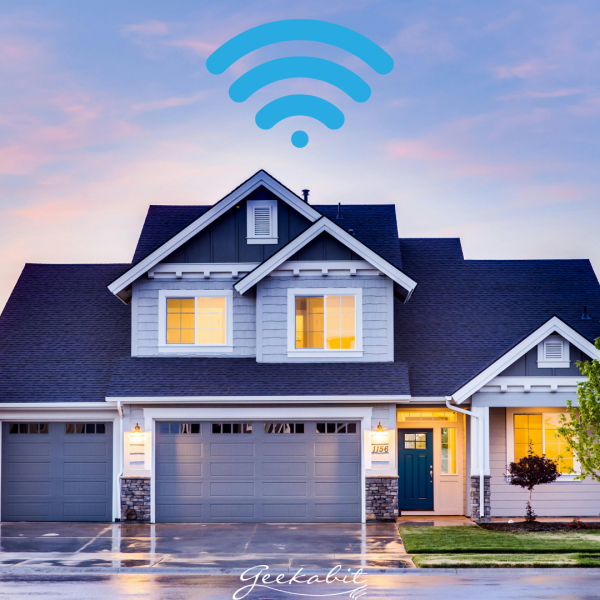
Exciting news if you commute into and around London – The roll-out of 4G mobile coverage has recently been completed at Paddington, Whitechapel, Canary Wharf and Woolwich stations as well as the central tunnelled section of the Elizabeth line.
The Elizabeth line is the UK’s busiest train line – It accounts for approximately 240 million passenger journeys per year. Last Christmas the first four stations to receive 4G connectivity on this line were Bond Street, Tottenham Court Road, Farringdon and Liverpool Street.
This latest set of stations in Central London got 4G connectivity back in May, meaning that all 8 stations on the Elizabethan line now offer super-fast 4G connectivity for smartphones. The addition of 4G and 5G connectivity in the central tunnelled section means that passengers can also stay connected while on the train.
4G Connectivity At Various London Underground Stations
The roll-out of 4G mobile coverage at the final four stations on the Elizabethan line (Paddington, White Chapel, Canary Wharf and Woolwich) was completed as planned as set out by Transport for London.
The Piccadilly Line also saw its first station become 4G compatible when Covent Garden was connected to the network. 4G connectivity is also available on the Victoria line, with the first location being between Warren Street and Euston.
This means that there are now approximately a quarter of the Underground tube stations with 4G connectivity for passengers to utilise during their commute. And we’re expecting to see even more become connected during the summer months.
4G and 5G Connectivity on Trains as well as at Underground Stations
In many areas, station platforms and tunnels between stations are already connected with 4G, with some parts of the Underground enjoying better 4G connections than Londoners above ground!
Commuters travelling in the central tunnelled section of the Elizabeth line can now enjoy 4G and 5G connectivity on their smartphones whilst on the train as well as at the stations.
The coverage within the tunnels covers a distance of approximately 5 miles, extending from the Royal Oak portal to the west of Paddington to Liverpool Street station.
Over the coming weeks, TfL and partner Boldyn Networks aim to deliver high-speed mobile connectivity in more tunnelled sections of the Elizabeth line towards Whitechapel, with the entire line expected to have mobile coverage by the end of the summer.
Vision of 4G/5G Connectivity Across London Underground Network Becoming a Reality
The 4G network rollout across the London Underground is being installed at no cost to TfL by Boldyn Networks is due to be completed by the end of 2025, as promised by Mayor Sadiq Khan. This will also include the London Overground and DLR.
All 4 UK mobile network operators (Three UK, EE, Vodafone and Virgin MEdia O2 VMO2) are taking part in the rollout. The introduction of high-speed 4G and 5G mobile coverage is being gradually deployed by TfL and Boldyn Networks, to cover the whole Tube, DLR and Elizabeth line network, as well as central parts of the London Overground.
Not only will this provide an important service to passengers, enabling them to keep in touch with friends and family, liaise with colleagues, surf the internet and scroll social media during their journey, but will also provide better coverage to rail and Tube staff. It will enable staff to pass on vital information to other agencies and host the new Emergency Services Network (ESN).
In 2021, TfL awarded Boldyn Networks with a 20-year concession to deliver high-speed, 5G-ready mobile connectivity across the entire London Underground network. The company is meeting this by installing a fibre backbone across the capital to improve connectivity both above and below ground.
Throughout the nights, a team of approximately 500 people are working across the Tube network, installing mobile equipment outside of operational hours that will eventually comprise more than 2,000 kilometres of cabling plus thousands of radios within tunnels and stations..
This project is certainly gathering pace, with all parties working hard to ensure passengers will be able to stay connected whilst travelling throughout the capital.
Which Underground Stations Have Mobile Coverage?
You can find 4G/5G connectivity on your smartphone at the following London Underground stations:
- Central line: Holland Park, Notting Hill Gate, Queensway, Lancaster Gate, Marble Arch, Oxford Circus, Tottenham Court Road, Holborn, Chancery Lane, St Paul’s.
- Northern line: Belsize Park, Chalk Farm, Archway, Tufnell Park, Kentish Town, Camden Town, Mornington Crescent, Euston, Warren Street, Goodge Street, Tottenham Court Road.
- Elizabeth line: Paddington, Bond Street, Tottenham Court Road, Farringdon, Liverpool Street, Whitechapel, Canary Wharf, Woolwich.
- Jubilee line: Westminster, Waterloo, Southwark, London Bridge, Bermondsey, Canada Water, Canary Wharf, North Greenwich.
- Piccadilly line: Covent Garden.
With thanks to TfL for the above map, indicating the 4G and 5G coverage that can be found below ground at various locations.
Why Use 4G/5G for Connected Railway Networks?
4G/5G networks offer an ideal model for railway networks as they offer super-fast speed, low latency and reliability.
It’s important to ensure that the 4G/5G connection available will be stable and of good quality. This is where 4G/5G testing comes in.
Here at Geekabit we can provide 4G/5G mobile signal testing to check coverage and performance both in static locations and on the move. We can also determine which Mobile Network Operator would offer the best coverage for your user location(s).
Geekabit can carry out a 5G survey for transport networks across the UK and Europe, for transport bodies, local councils and Government departments.
In today’s world, we don’t just stay in one place – Even while we’re working. We take our need for connection wherever we go, and it needs to be strong and reliable. Gone are the days where we are tethered to a desk! We need 4G/5G mobile coverage to be available on the go.
Geekabit’s 5G survey can tell you how strong the cellular coverage is in certain areas of the UK and Europe, and which networks would work best for those locations. This information is invaluable. To find out more about this service, please contact us.



